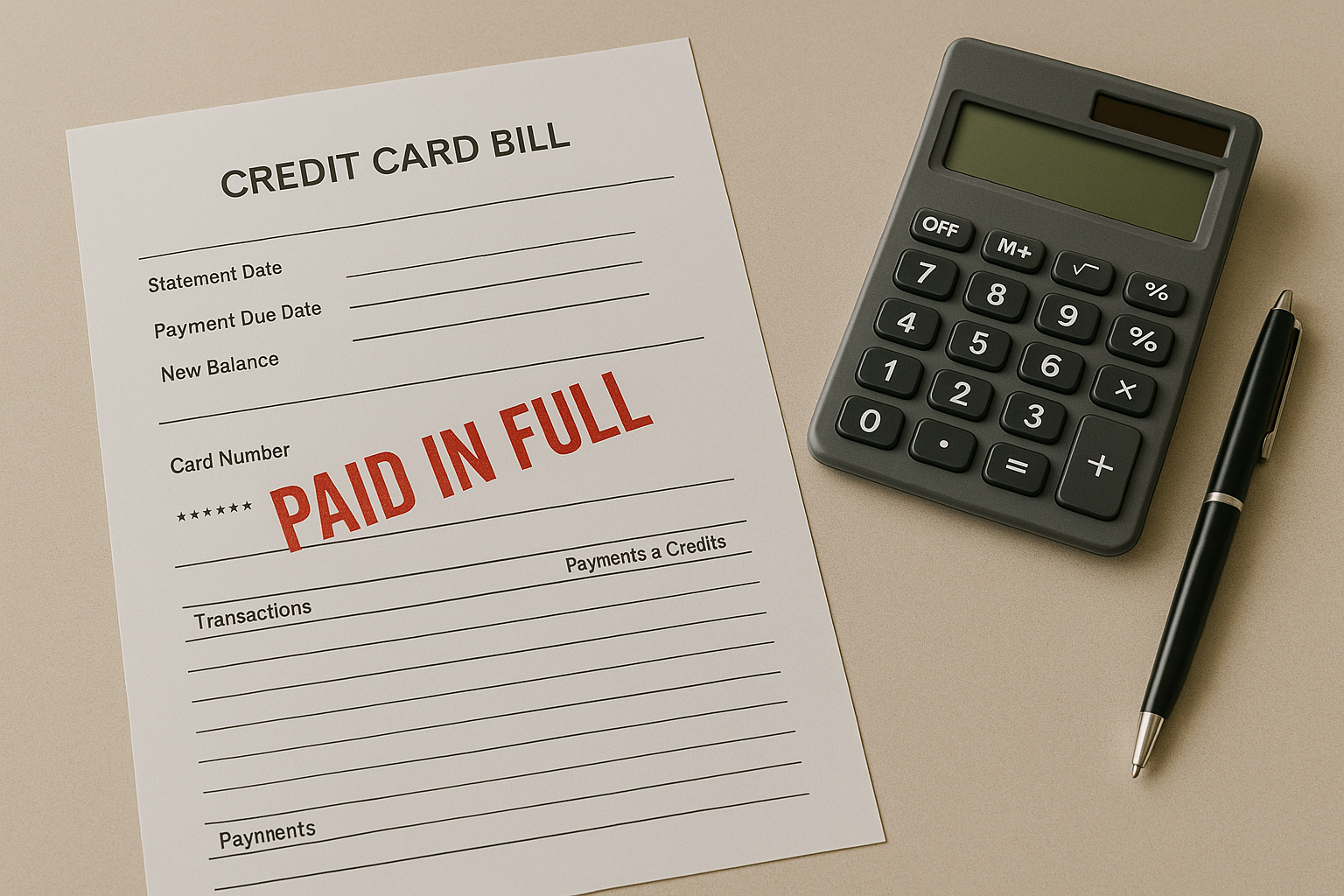When debt repayment begins with the smallest balance, the process creates early results that are easy to confirm. An account is paid off. A payment obligation ends. The number of active debts decreases. These changes are straightforward to observe and do not require interpretation. They mark clear progress.
This approach alters the structure of repayment. The person begins with a task that can be completed quickly, without dividing attention across several large balances. Completion removes an item from the repayment system entirely. The account becomes inactive, and no further action is needed. This reduces the number of decisions required each month and simplifies tracking.
As fewer balances remain, the overall structure becomes more visible. The person can see the total number of accounts shrinking. Minimum payments are consolidated into fewer targets. This reduces overlap and increases focus. Debt is approached as a sequence of tasks, each with a clear endpoint.
Visible Outcomes Support Ongoing Action
Each time a debt is paid off, it confirms that the system is working. The result is observable: the balance reaches zero, and the account no longer requires attention. This outcome reduces ambiguity. It replaces abstract goals with a completed task that can be verified.
These completions create consistency. The person no longer needs to assess whether progress is being made. The results show up in the number of closed accounts and the reduced list of obligations. Tracking becomes easier, not because the person is more disciplined, but because the structure requires less effort to maintain.
As the process repeats, it begins to carry its own momentum. The individual continues through the repayment order because the method has produced visible results. There is no need to adjust the strategy or search for alternatives. The plan is reinforced by outcomes, not by motivation. Over time, each successful step makes the next one more accessible.
Fewer Debts, Clearer Decisions
As more accounts are closed, financial obligations become easier to manage. The individual handles fewer billing cycles, sees fewer minimum payments, and encounters less overlap between due dates. The system becomes more predictable. Monthly decisions are simplified, and attention can shift from maintaining balance to completing remaining steps.
This change influences how new decisions are made. When a repayment system is already producing results, people are less likely to take on additional debt. They recognize the tradeoff between current progress and future disruption. The structure discourages choices that would reintroduce complexity.
Over time, repayment becomes the default action. The person is no longer managing multiple disconnected problems but following a visible sequence. As each task is completed, the list shortens. The reduction in open accounts makes planning easier and spending more selective. Behavior shifts because the system defines the next step clearly—and the person can see that it is already working.
A repayment structure that eliminates smaller debts first creates more than a sense of progress. It reduces complexity, defines the next action, and limits decision fatigue. Each completed step confirms that the method works, making the process easier to repeat. Over time, the system becomes self-sustaining because it removes uncertainty and produces clear results.
Finance Health
Focused on long-term growth and financial resilience, Finance Health is a voice of compound interest, consistency, and the long game.







